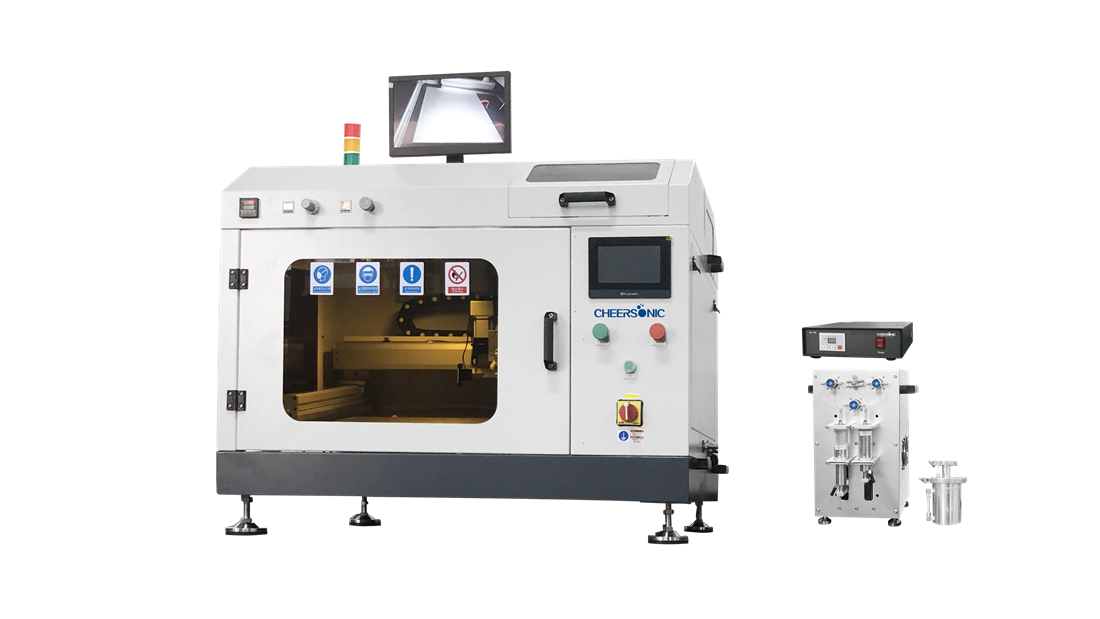Solid Oxide Fuel Cell
The solid oxide fuel cell (SOFC) belongs to the third generation of fuel cell, which is an all-solid chemical power generation device that directly converts the chemical energy stored in fuel and oxidant into electrical energy at medium and high temperature. It is generally considered to be a fuel cell that will be widely used in the future like the proton exchange membrane fuel cell (PEMFC).
The main components of a SOFC monomer are composed of electrolyte, anode or fuel electrode, cathode or air electrode, and connector or bipolar plate.
SOFC has the advantages of wide fuel adaptability, high energy conversion efficiency, all-solid state, modular assembly, zero pollution, etc. It can directly use hydrogen, carbon monoxide, natural gas, liquefied gas, coal gas, and biomass gas. fuel. It has broad application prospects as a fixed power station in civil fields such as large-scale centralized power supply, medium-sized power distribution and small-scale household combined heat and power, as well as mobile power sources such as ship power supply and transportation vehicle power supply.
How To Prepare SOFC Membrane Electrodes?


